By Josh Cosford, Contributing Editor
Sometimes, there’s a practical and propitious device that’s been around forever, only to be discovered by happenchance, yet it provides immense value and serendipity. I have been known to use hyperbole in my writing, and maybe so here. Still, if this article convinces just one reader to use this simple solution to solve a simple problem, then I’m happy to use interesting language as my plea.
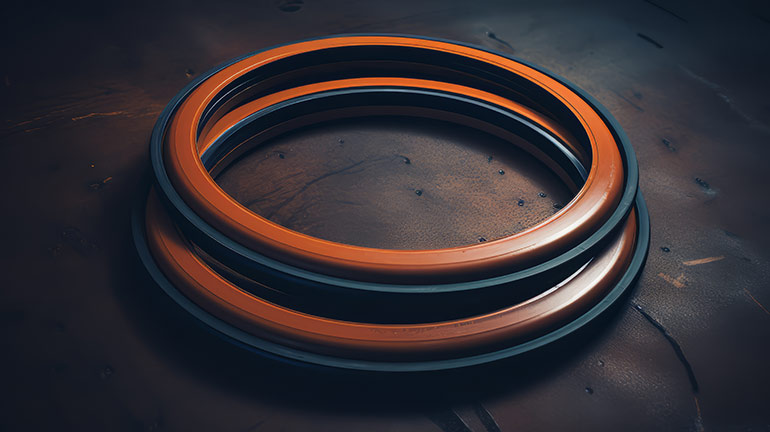
Leaking rod seals are not a new problem we experience in fluid power. For one of many reasons, your rod seal(s) may become damaged to the point of leakage: excessive pressure, incompatible fluids, physical impact, contamination or pressure spikes. The latter is the least obvious and most curious. It’s not likely you have a method to measure pressure transients, but they certainly affect seals deleteriously.
In a differential hydraulic cylinder, pressure spikes occur in two primary ways, although the actual list is not exclusive to these options. The first method is load-induced tension events upon the rod, such as when the cylinder bottoms out or is tugged upon unexpectedly. Additionally, pressure spikes may occur due to decompression shock, where a large volume of piston-side oil under pressure suddenly releases its energy, bouncing the piston rod-side.
Regardless of the reason for the pressure spike, these sudden transients can damage traditional rod seals. They are more often designed for static or steady-state conditions, which are rarely higher than the combination of load and breakaway pressure. A sudden spike, or a series of them, could cause the extrusion of the seal through tiny clearances, plastic deformation or even outright breakage.
Adding a barrier ahead of the rod seal solves the pressure spike problem, and a buffer seal is engineered for the task. Its shape and material enable it to take a blow like a punching bag and then spring back to its usual shape. A softer durometer rubber and more subdued cross-section create a damping effect that prevents the pressure transient from fully impacting the regular rod seal.
In extreme conditions, multiple buffer seals may also be used. Other than the extra material required in the cylinder’s head and/or gland, the only downside is the cost of the seal itself, which is nominal.
It is essential to realize that the buffer seal cannot act alone in sealing the rod side of a cylinder. They’re engineered to permit some leakage and aren’t usually an interference fit capable of holding a load. I’ve worked on an application where three buffer seals replaced the rod seal because the customer prioritized frequency response over load-holding, but this application included a gland drain to shuttle away leakage oil.
Buffer seals are an inexpensive and easy-to-implement layer of protection for demanding cylinder applications, but they are surprisingly uncommon. If you have a dynamic, high-load application that, in its current design, is chewing up rod seals, talk to your seal or cylinder guys to see if a buffer seal will suit your application.
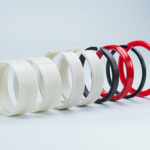
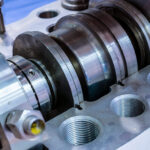
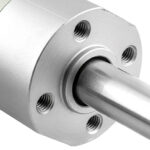
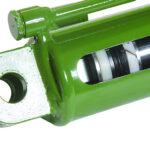
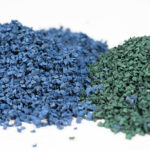

Leave a Reply